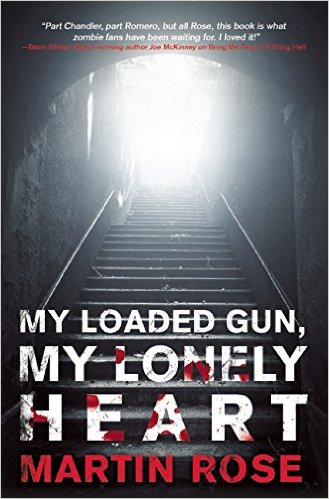“The Zygon Invasion” isn’t a bad episode, per se, but coming on the heels of the exceptional two-parter “The Girl Who Died”/”The Woman Who Lived,” you can’t help but notice how mediocre it is by comparison. It’s an Earthbound UNIT story, which is already one strike against it, although for the first time since UNIT was reintroduced in the new series I found myself pleasantly reminded of the Third Doctor serials of the classic era, in which he and UNIT would fend off all manner of alien invasions (half of which also involved the Master in some capacity). Of all the new Doctors we’ve had since the show came back, I must say Peter Capaldi’s Twelfth Doctor reminds me the most of the Third, and that definitely comes through here.
Truthfully, I don’t have a lot to say about this episode because there isn’t much meat to it. I suspect everything important is going to happen in the second part. About the only thing I really liked about the episode was its refusal to state whether the surviving Osgood is the original human or the Zygon version. It’s a brave stance, considering it’s a question that’s surely on every viewer’s mind, but it fits snugly with the story’s theme that it doesn’t matter if she’s human or Zygon: she’s Osgood. (My main concern for the second part of this story is that everything is going to be solved, in true deus ex machina form, by the mysterious “Osgood box” rather than the characters’ ingenuity or peacekeeping abilities. But then, this season has mostly been smarter than Doctor Who has been in some time, and this story may yet surprise me.)
“The Zygon Invasion” features some fun callbacks to the classic series, which as a longtime Doctor Who fan is something I always enjoy. The biggest callback is the question marks printed on Osgood’s shirt collar. We know she’s a big fan of the Doctor’s, having already seen her wearing a Fourth Doctor-style scarf and an Eleventh Doctor-style bowtie, but seeing those question marks again was kind of hilarious. The Fourth, Fifth, and Sixth Doctors all had question marks on their shirt collars, while the Seventh Doctor moved them from his collar to his sweater and the handle of his umbrella. Frankly, the question marks were one of the worst costume choices of the John Nathan-Turner era, and believe me there are a lot to choose from, but I got a weird kick out of seeing them here. (I did not, however, like the Doctor saying he still wears question marks on his underwear. I’d love it if the show could leave this kind of juvenile humor behind.)
Other fun callbacks include an oil painting of the First Doctor hanging on the wall of the UNIT safe house in a blink-and-you’ll-miss-it appearance. (Although this is somewhat inconsistent, since the Doctor was already on his second incarnation when UNIT was initially formed, and his third when he became UNIT’s Scientific Advisor. Did I mention I’m a nerd?) The events of the 1979 Fourth Doctor serial “Terror of the Zygons” are referenced (the only appearance of the Zygons in the classic series), as is, quite unexpectedly, former companion Harry Sullivan, who we’re told invented the anti-Zygon weapon Z-67 shortly after the events of that serial.
One last thought. I appreciate Peter Capaldi’s skill as a guitarist, but I don’t think the Doctor needs to be seen playing the electric guitar in every episode. A little goes a long way, folks. Even Sylvester McCoy’s Seventh Doctor didn’t play the spoons in every episode! Also, in case I haven’t mentioned it recently, the sonic sunglasses have got to go. Seriously. Just do everyone a favor and get rid of them already.


